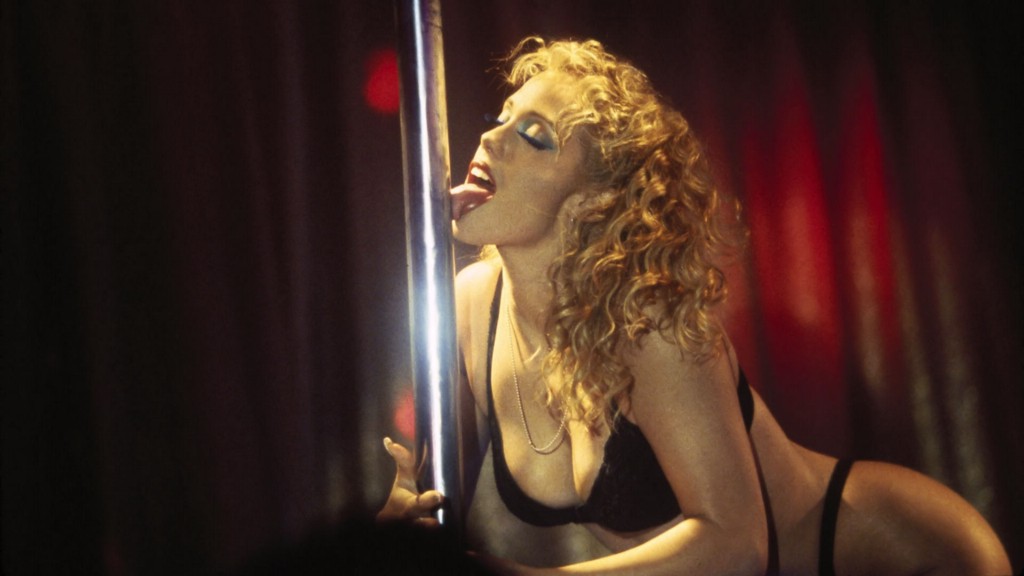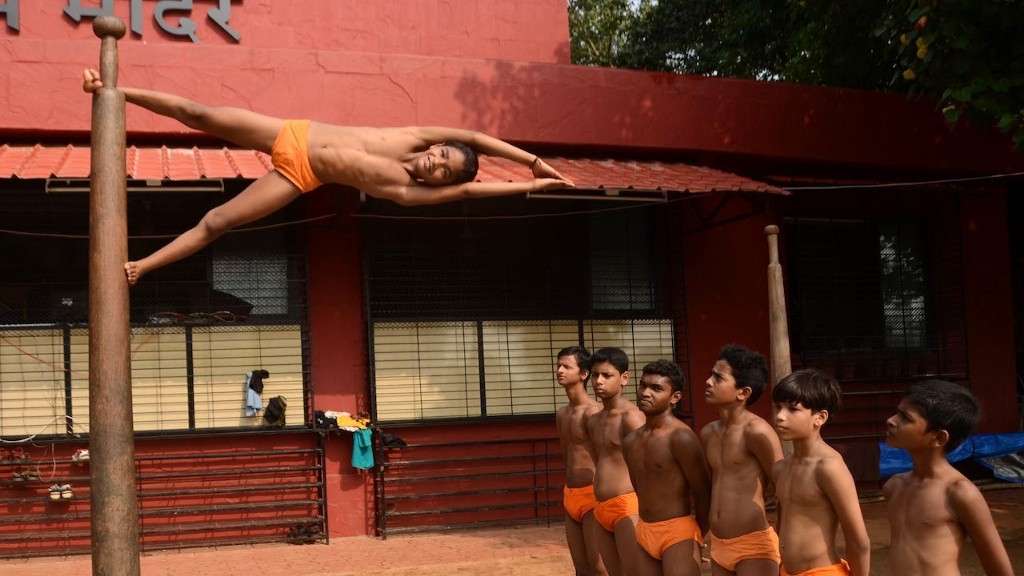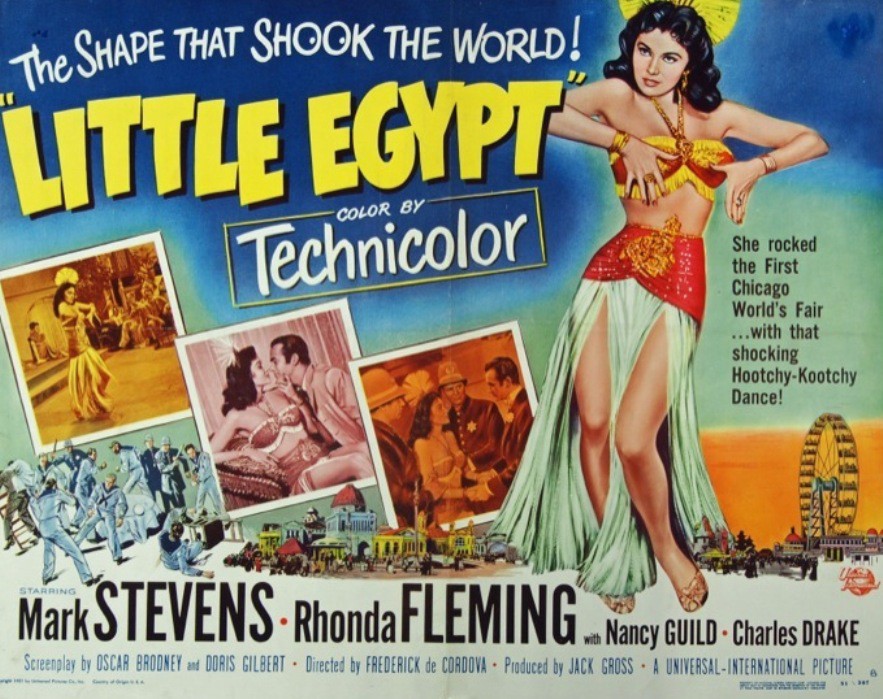Stripper Poles Are Actually Ancient Indian Sports Gear
by k._thor_jensen, 8 years ago |
4 min read
How history’s weirdest sport became the world’s #1 bachelor party entertainment.
Ordinary objects often have fascinating stories. Take the stripper pole. Right now we associate it with barely-dressed young ladies gyrating what God gave them (or a plastic surgeon did) for dollar bills stuffed in their G-strings. But how did sliding up and down a pole become a component of erotic dancing? To find the answer, we need to travel back to 12th century India, where at competitions and festivals you could see muscular men hauling themselves up onto poles. This was “mallakhamb,” a training regimen for combatants that grew into a sport of its own. (The term comes from a combination of the Hindu words for “pole” and “wrestling.”)



✕
Do not show me this again
